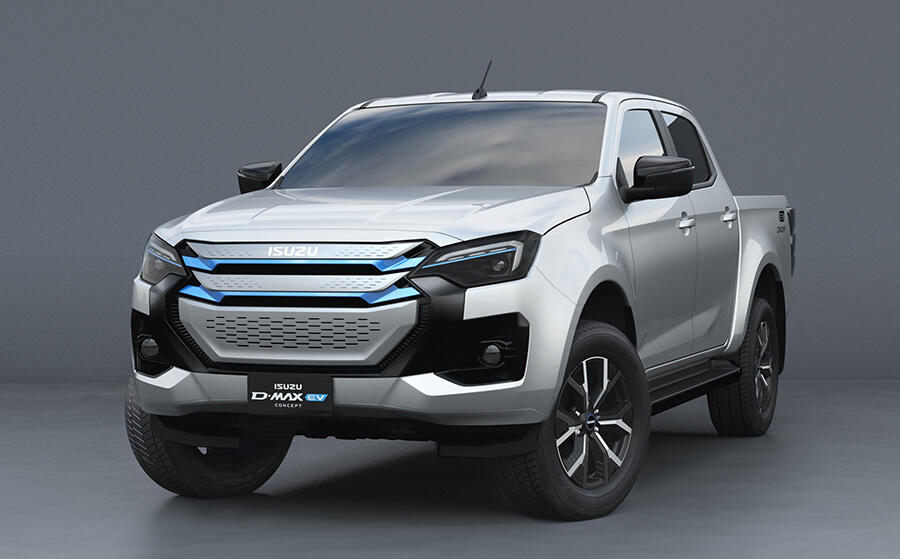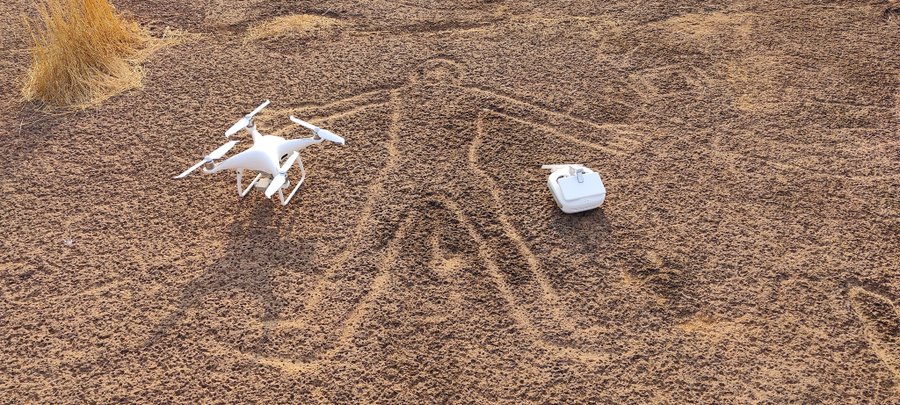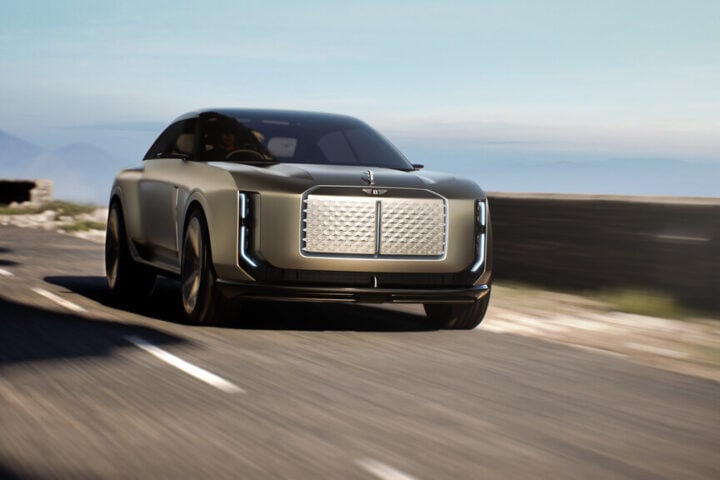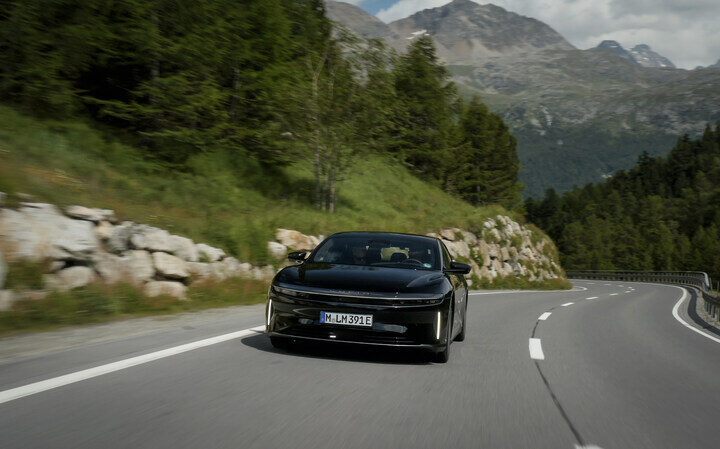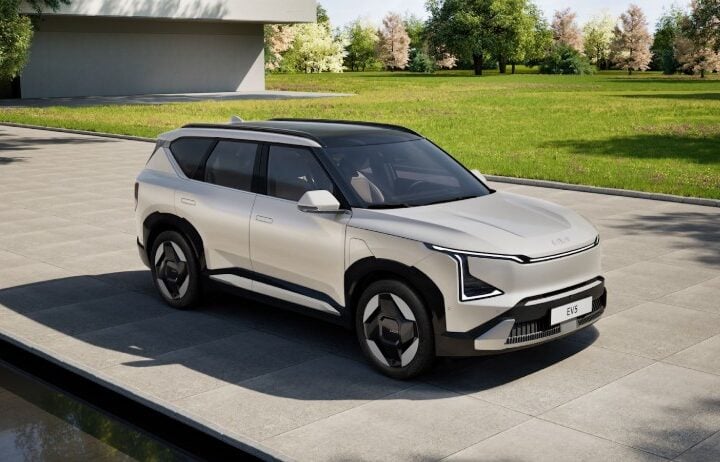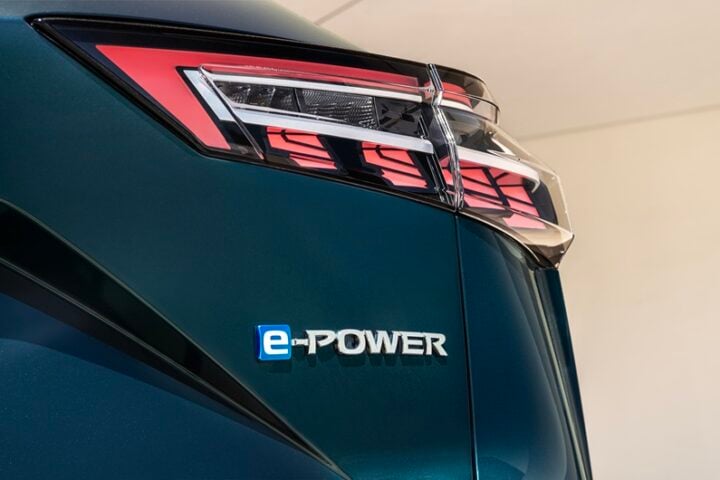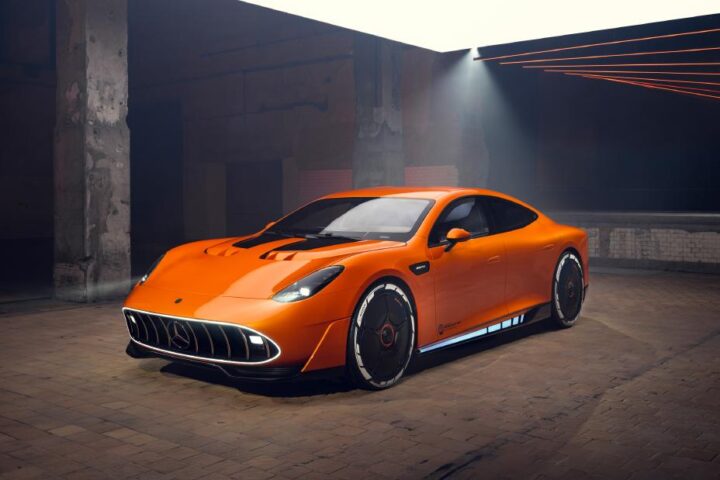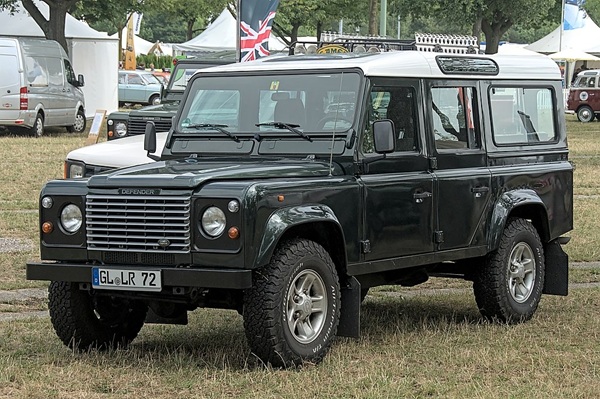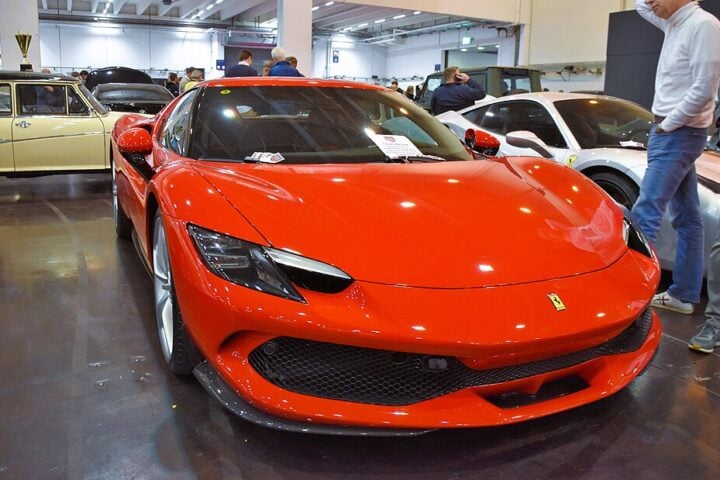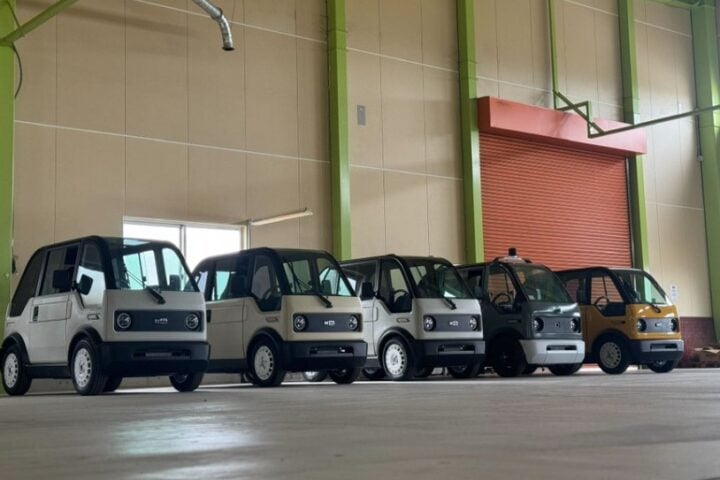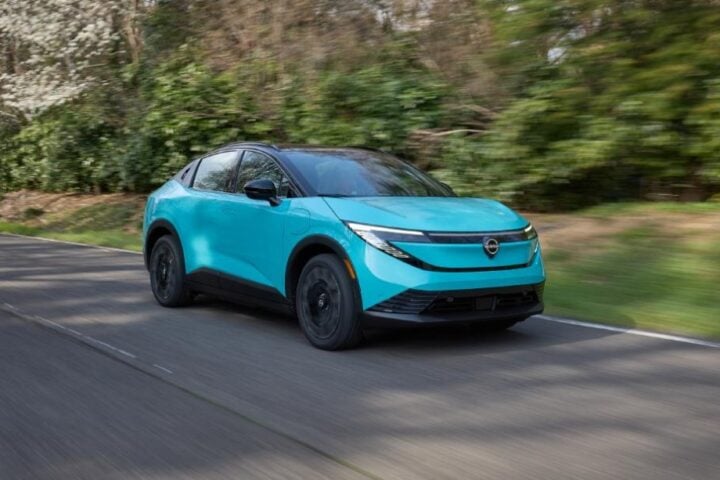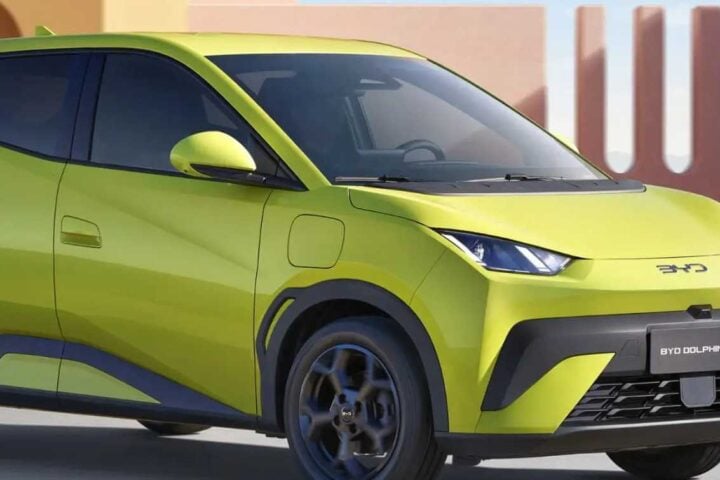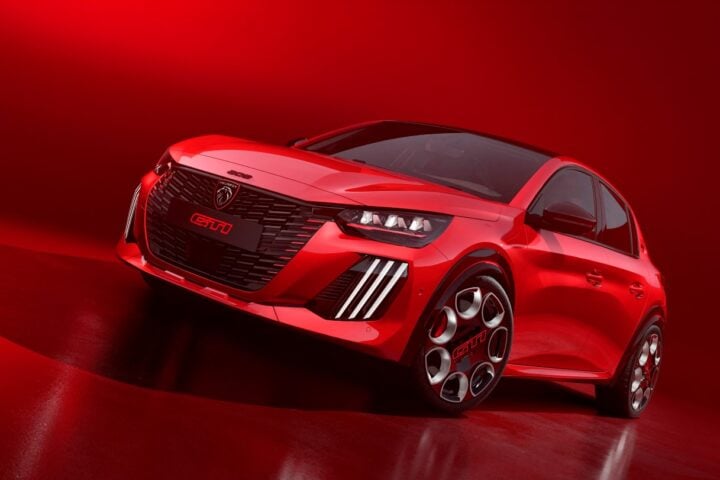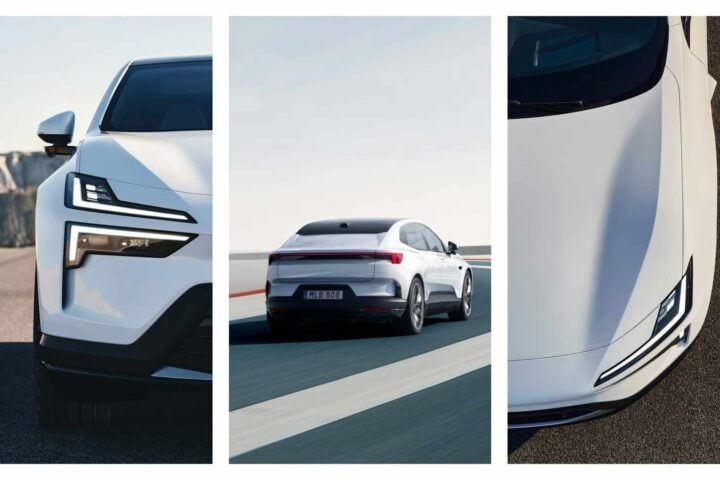On March 19th, Isuzu announced that it will unveil the 1-ton pickup truck “D-MAX” EV, for the first time in the world at the “Bangkok International Motor Show” starting on March 27th. The vehicle will first go on sale in Norway from 2025, followed by the UK, Australia, Thailand, and other markets. From April onwards, a mild hybrid (HV) version will also be available. By offering two types of powertrains, Isuzu aims to advance the electrification of pickup trucks.
The onboard lithium-ion battery has a capacity of 66.9 kWh, aiming for a range of about 300 km on a single charge. While core components like the e-axle and batteries are procured from suppliers, the battery pack will be produced in-house. By sharing a platform with diesel engine vehicles, development costs are minimized.
A dedicated production line will be established at the Samrong plant in Samut Prakan Province, Thailand, for export-oriented pickup trucks, with production starting in 2025. The company aims to popularize electric pickup trucks by utilizing subsidy programs in various countries.
The battery EV (BEV) version of the 1-ton pickup truck “D-MAX” announced on March 19th achieves diesel-engine-like power. The D-MAX BEV is developed to maintain the pickup truck’s tough basic performance while meeting a wide range of commercial and private needs. It features a full-time 4WD system with newly developed “e-axles” mounted on both the front and rear, providing high off-road capabilities, BEV-specific linear acceleration, and low noise and vibration.
Similar Posts
The exterior is differentiated with exclusive decorative parts and accessories. Additionally, the vehicle is designed to be used in the same manner as existing diesel engine models, employing high-output electric motors. A robust frame and body design ensure high towing capacity.
The battery capacity is 66.9 kWh, with a maximum output of 130kW (front motor 40kW/rear motor 90kW), and a maximum torque of 325Nm (front motor 108Nm/rear motor 217Nm). The top speed exceeds 130km/h, with a maximum payload of 1000kg. The drivetrain is full-time 4WD.
